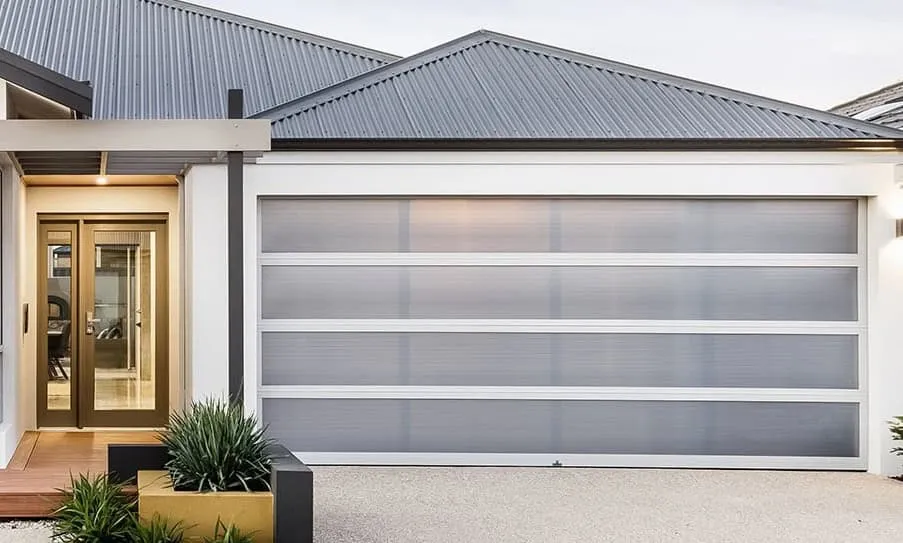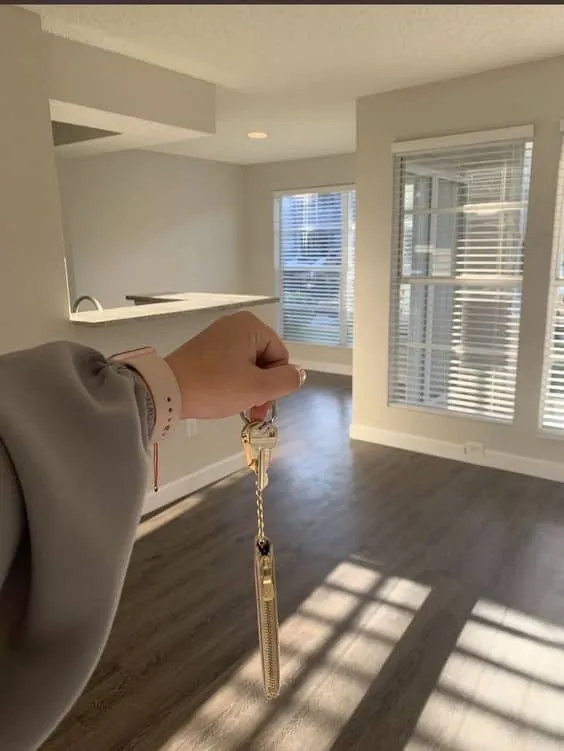There can be your advertisement
300x150
Research on the Impact of Aluminum in Modern Design
Aluminum may not immediately come to mind as a transformative material in design, yet its properties of versatility and eco-friendliness make it a key player in today's design environment. Its evolution from primarily industrial use to an essential role in modern aesthetic spaces, including sliding doors, spans from homes to offices, showcasing its broad potential.

The Role of Aluminum in Enhancing Home Aesthetics
The integration of aluminum into home interiors has been subtle yet significant, offering a modern and elegant look that blends with various design themes. In particular, aluminum sliding door systems combine functionality and style, enhancing the spatial composition of rooms through their smooth operation and durability. This adaptability allows for personalized design solutions suitable for both minimalism and more vibrant, eclectic styles. Furniture and accessories also benefit from aluminum's presence, gaining elegance and strength, confirming its ability to elevate interior design through its lightweight and durable characteristics.
Green Architecture and Aluminum
As the focus on sustainable development grows, the architectural industry has turned to aluminum for its eco-friendly properties. The use of aluminum in constructing energy-efficient buildings, especially in facades, windows and doors, has demonstrated reduced energy consumption while simultaneously improving the visual perception of structures. A key advantage of aluminum is its recyclability, supporting the urgent need for materials that contribute to a more sustainable and circular economy. This recyclability, combined with design flexibility, allows architects to implement both environmentally conscious and architecturally ambitious projects, creating buildings that stand out for their sustainability and design quality.
Transforming Office Spaces with Aluminum
Reflecting the dynamic changes in modern work culture, aluminum has become a fundamental element in creating contemporary office designs. Its strength combined with lightness makes it ideal for producing office furniture that is both attractive and practical. Aluminum enables the design of diverse workspaces, from desks to partitions, fostering a sense of openness and encouraging collaboration. It also plays an important role in improving natural lighting within offices, positively influencing employee psychological well-being. Thus, aluminum stands out due to its innovative, sustainable, and demand-responsive design solutions for modern office spaces.
In conclusion, the impact of aluminum on transforming modern design is undeniable. From its ability to change the aesthetics of homes and offices to its key role in sustainable architectural practices, aluminum offers numerous advantages. As the design community continues to seek sustainable yet aesthetically pleasing materials, aluminum remains a central material in design and architecture industries, reflecting both current trends and future directions.
More articles:
 Important Tips to Consider Before Hiring a Professional Garage Door Repair Company
Important Tips to Consider Before Hiring a Professional Garage Door Repair Company Main Tips for Creating Decor for a Dream Wedding Party
Main Tips for Creating Decor for a Dream Wedding Party Main Tips and Mistakes to Avoid When Buying Your First Apartment
Main Tips and Mistakes to Avoid When Buying Your First Apartment Main Information About Water Supply Main Lines
Main Information About Water Supply Main Lines Essential Elements for Studio Decoration with Space Optimization
Essential Elements for Studio Decoration with Space Optimization Important Tips for Preparing for Room Renovation
Important Tips for Preparing for Room Renovation Essential Tips for Better Apartment Renovation
Essential Tips for Better Apartment Renovation Essential Tips for a Smooth International Relocation
Essential Tips for a Smooth International Relocation